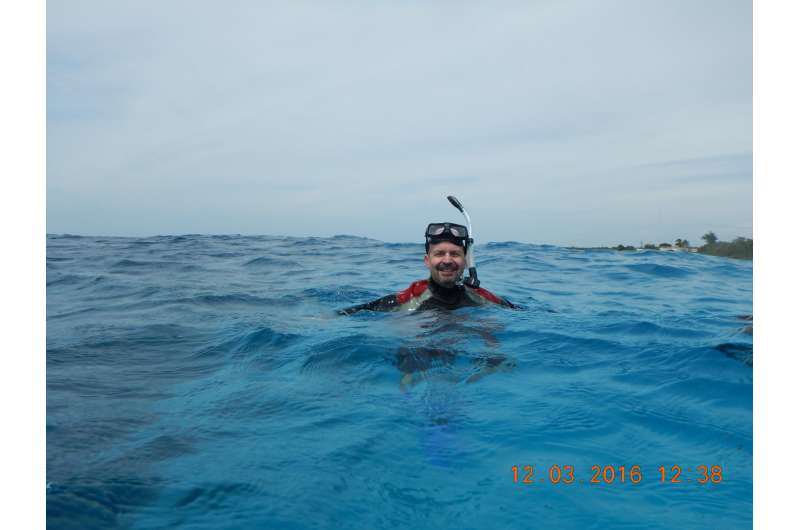Scientists seek to redeem Gitmo prison's dark history with research center and peace park

How do you redeem a place like Gitmo, the notorious U.S. military prison at Guantanamo Bay, Cuba?
Reboot the naval base and detainee center as a cutting-edge marine research lab and peace park, says Joe Roman, a conservation biologist at the University of Vermont (UVM).
Roman briefed journalists and scholars on his "Green Gitmo" proposal at the American Association for the Advancement of Science (AAAS) annual meeting panel, Protecting the Crown Jewel of the Caribbean: Cuba's Marine Ecosystems, on Feb. 18 in Boston.
The provocative idea, first published in Science last year, has taken on new meaning under a Trump presidency, Roman says.
A 'THIRD PATH' FORWARD
While former U.S. President Barack Obama pledged to close Gitmo, other U.S. politicians want the prison to remain open - and the Trump administration's Cuba strategy remains unclear.
In contrast, Cuba has considered the U.S. presence in Guantánamo as illegal since the 1960s - even refusing to cash the annual rent check of $4,085, part of an agreement that stretches back to a 1903 U.S.-Cuba treaty.
According to Roman, an oceans expert in UVM's Gund Institute for Ecological Economics and Rubenstein School of Environment and Natural Resources, the proposal offers a "third path" forward.
"Turning Gitmo into a research center and peace park offers a solution to a major impasse in U.S.-Cuba relations," says Roman, who co-authored the proposal with James Kraska of the U.S. Naval War College.

SEEKING CLOSURE
Military documents have identified Gitmo as a "prime candidate" for closure, given its proximity to the U.S. base in Key West, Florida, only 90 miles away, notes Roman.
"The business case for closing down Gitmo is significant," says Roman. "U.S. taxpayers spend more than $445 million each year to run Guantanamo Bay, which now holds roughly 40 detainees.That funding could support research labs and a peace park at a fraction of the cost, leaving ample money to invest in other military purposes, he says.
SPECIES AND HABITATS AT RISK
Under Roman and Kraska's proposal, existing Gitmo facilities would be refurbished for research and education on climate change, ocean conservation and biodiversity loss.
With a reduced U.S. footprint at Guantánamo, the land and sea could support threatened Cuban species - from manatees to hawksbill sea turtles—as well as habitats: rare tropical dry forests, pristine coral reefs, mangroves, and seagrass beds.
Roman, who teaches a UVM course in Cuba, says greening Gitmo would help recognize Cuba's "conservation efforts and strong stance on climate change." It would also offer up-to-date facilities, financial support, and opportunities for Cuba's upcoming scientists and students.
According to Roman, a "green Gitmo" would unite Cuba and the United States in joint management, rather than serve as a wedge between them.
"For the next generations, the name Guantanamo could be associated - not with its recent dark history - but with redemption, preservation, and repair of nature and international friendship."
Journal information: Science
Provided by University of Vermont

















